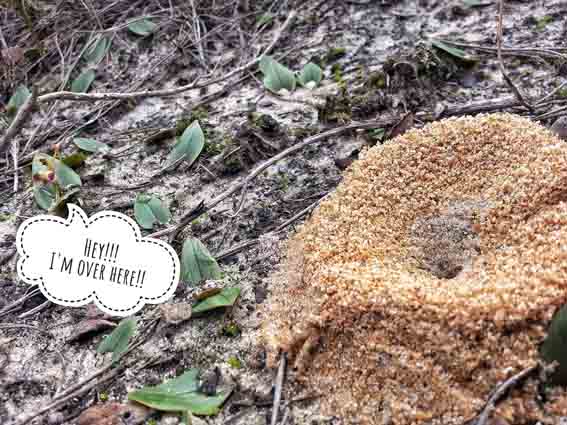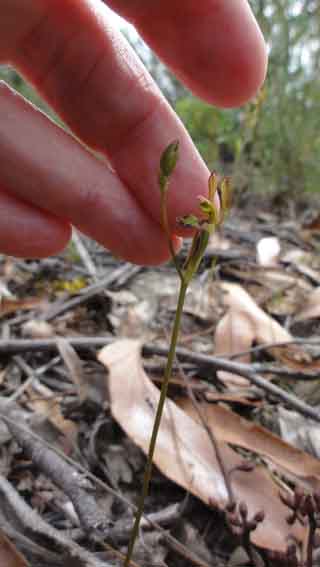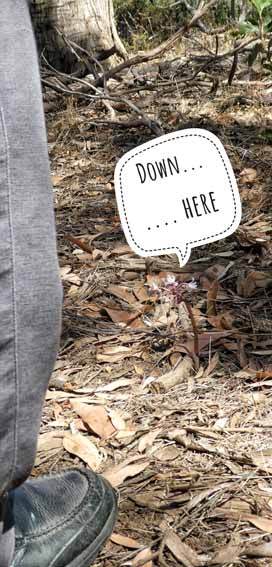2019 Winning Photograph Competition
Welcome to our first competition for 2019. For February we had five entries which included Pauline Meyers’ Prasophyllum species from Western Australia, Lindy McCallum’s Glossodia major and Leptoceras menziesii, Lisa Incoll’s Thelymitra antennifera.

The winner was Rob Pauley’s photograph from the south east of Thelymitra malvina (Mauve Tufted Sun Orchid) which is found in only a few places in the South East but does occur in Victoria, New South Wales, Queensland, Tasmania and even ‘across the ditch’ in New Zealand where it is considered “an Australian species now established in the North Island”.
According to the Atlas of Living Australia, it is endangered in Victoria, South Australia, Tasmania; of Least Concern in Queensland and there is no listing for New South Wales.
This species has been included in both the T. nuda and T. pauciflora complex for, as Jeanes has observed, it has characteristics of both complexes such as the smaller flowering forms are self-pollinating, and the larger flowering forms are insect pollinated
Though the common name, Mauve Tufted Sun Orchid, indicates that its most distinctive feature are the purple tufts on the post anther lobe, it is possible to find them with white tufts and there are other species that have purple tufts (eg in SA T. azure and T. occidentalis may have purple tufts but it is obvious from their other features that they are not at all similar to T. malvina). There are no other closely similar species in South Australia, but on the other hand, in the eastern states, it can be confused with Thelymitra atronitida, so it is worthwhile considering some of the main differences between these two.
Although there are no other closely similar species in SA, in the eastern states it can be confused with Thelymitra atronitida, so it is worthwhile considering the differences
|
T. malvina |
T atronitida |
| Stem |
3 sterile bracts |
2 sterile bracts |
| Height |
25 – 75 cms |
30 – 50 cm |
| Flowers |
Slightly larger (but can have smaller flowers) |
Smaller flowers |
| Inflorescence |
3 – 25 usually loose |
2 – 8 ( – 16) |
| Column |
Reddish to dark brown with yellow apex |
Glossy black with yellow apex |
| Post anther lobe |
Moplike tuft of pink or mauve (rarely white) trichomes |
Moplike tuft of white trichomes (hairs) |
Across the country, there is some variations of flowering times with New South Wales having the longest flowering time from August to November and South Australia along with Tasmania having the shortest of October and November.
REFERENCES
Bates RJ, 2011 South Australia’s Native Orchids, electronic
Backhouse G, Bush Gems, A Guide to the Wild Orchids of Victoria, Australia, 2016, electronic
VicFlora, https://vicflora.rbg.vic.gov.au/flora/taxon/0de4b1c5-3f1f-43ea-9464-c713a12d5758 Accessed 6 March 2019
VicFlora, https://vicflora.rbg.vic.gov.au/flora/taxon/748b23b6-4779-4a93-89fc-8ec2a8b05a06 Accessed 6 March 2019
Atlas of Living Australia, https://bie.ala.org.au/species/NZOR-4-76548 Accessed 6 March 2019
New Zealand Native Orchids, https://www.nativeorchids.co.nz/Descriptions/Thelymitra_malvina.html Accessed 6 March 2019
Jeanes J, 2013 An overview of the Thelymitra nuda (Orchidaceae) complex in Australia including the description of six new species https://www.rbg.vic.gov.au/documents/MuelleriaVol-31-p3-Jeanes-PDF-Accessibility.pdf Accessed 6 March 2019
Natural Value Atlas, https://www.naturalvaluesatlas.tas.gov.au/downloadattachment?id=14596 Accessed 6 March 2019

















